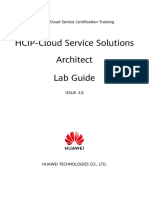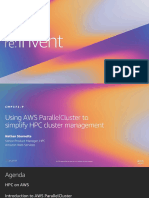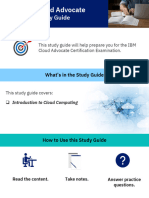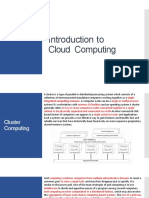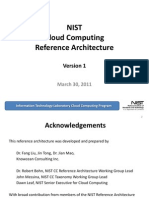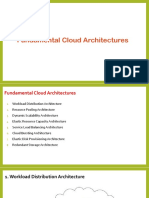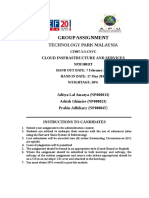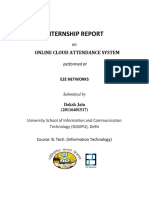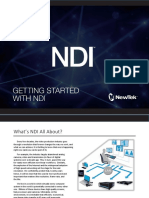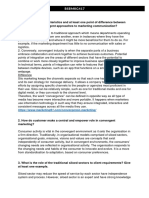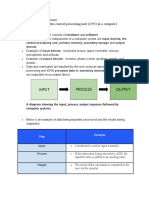0% found this document useful (0 votes)
65 views12 pagesCloud Computing
Cloud
Uploaded by
sriharshinigeethikayalamatiCopyright
© © All Rights Reserved
We take content rights seriously. If you suspect this is your content, claim it here.
Available Formats
Download as PPTX, PDF, TXT or read online on Scribd
0% found this document useful (0 votes)
65 views12 pagesCloud Computing
Cloud
Uploaded by
sriharshinigeethikayalamatiCopyright
© © All Rights Reserved
We take content rights seriously. If you suspect this is your content, claim it here.
Available Formats
Download as PPTX, PDF, TXT or read online on Scribd
/ 12




